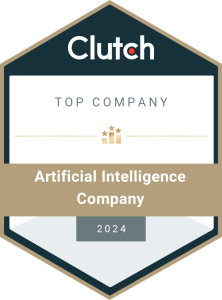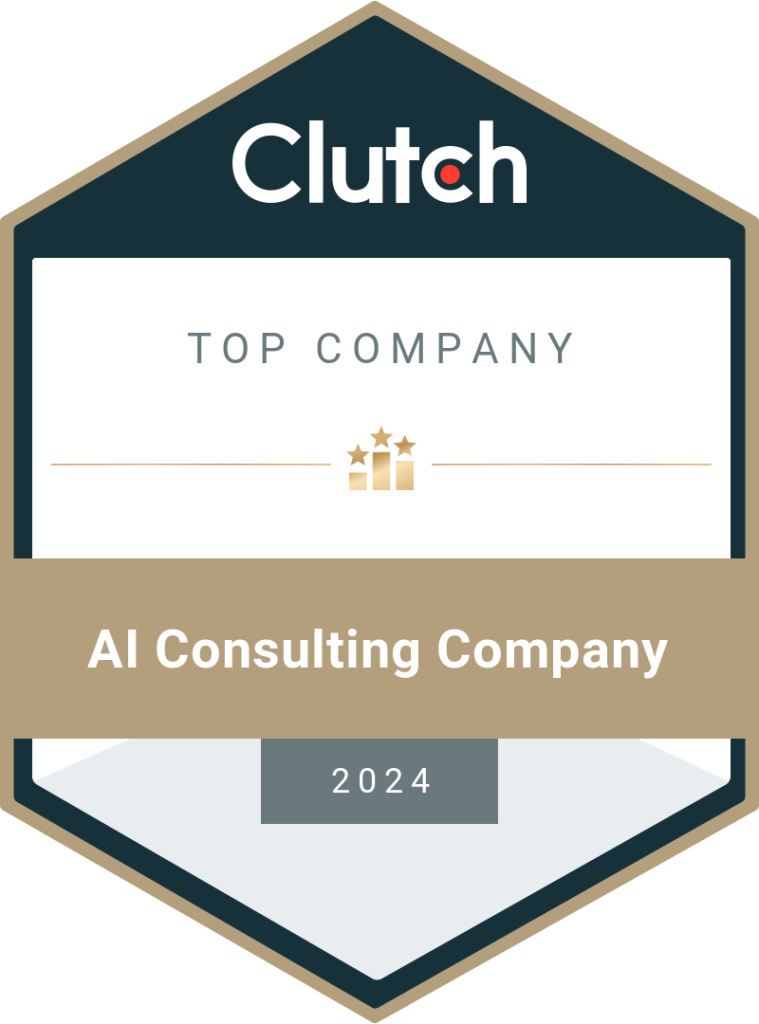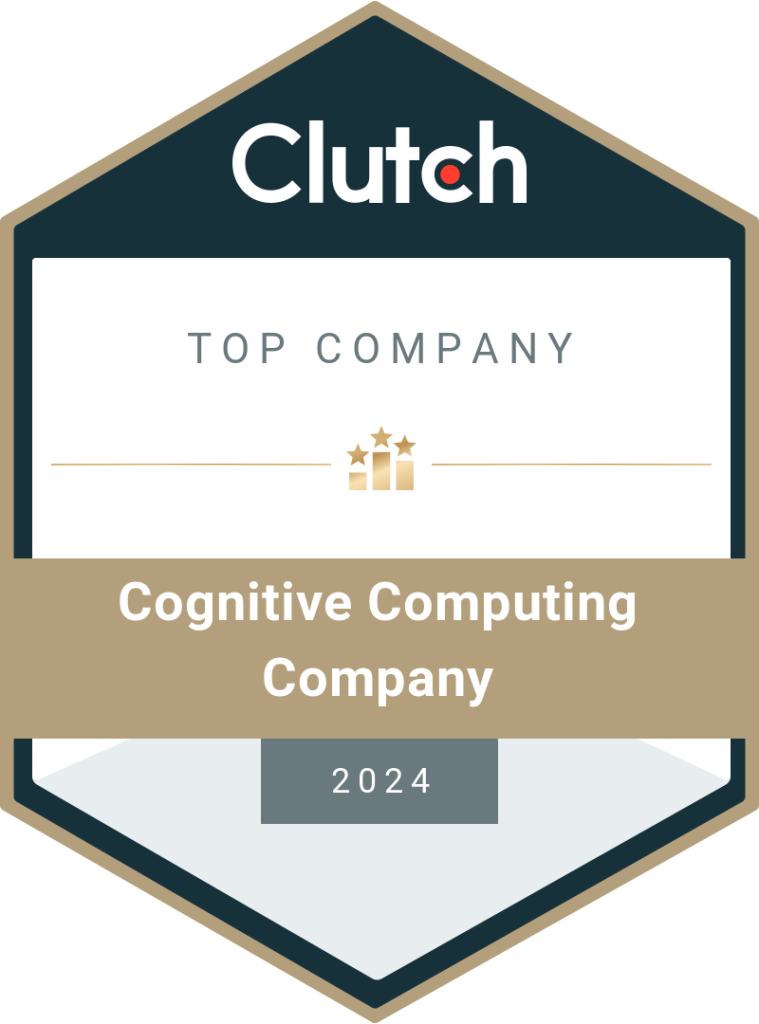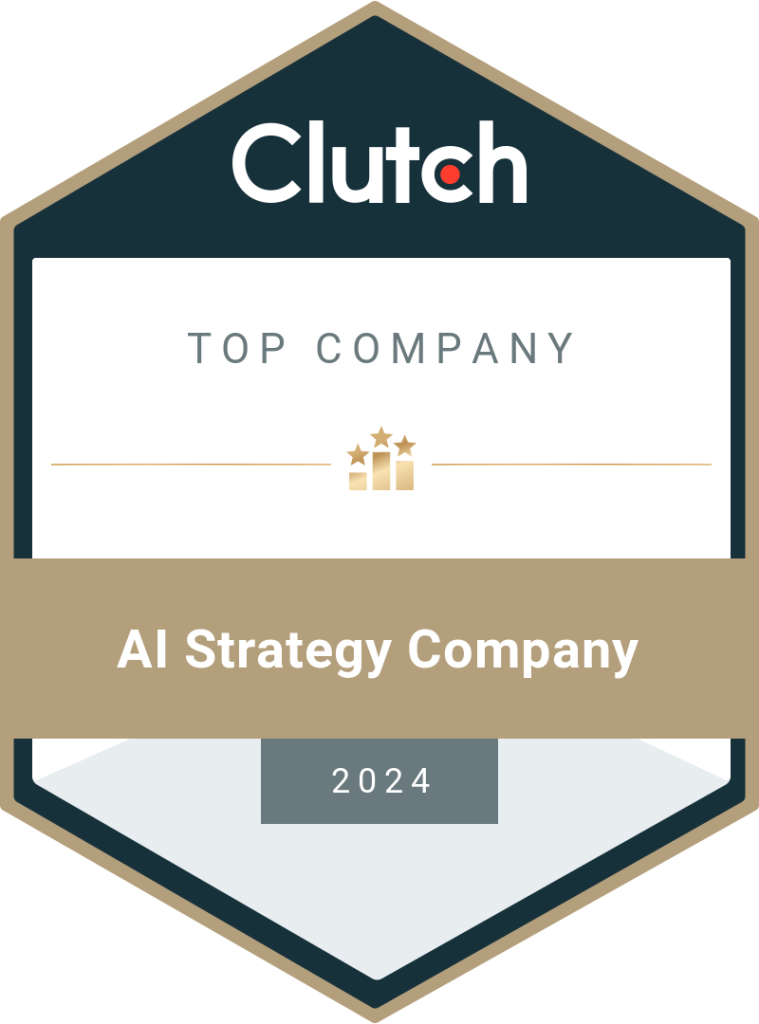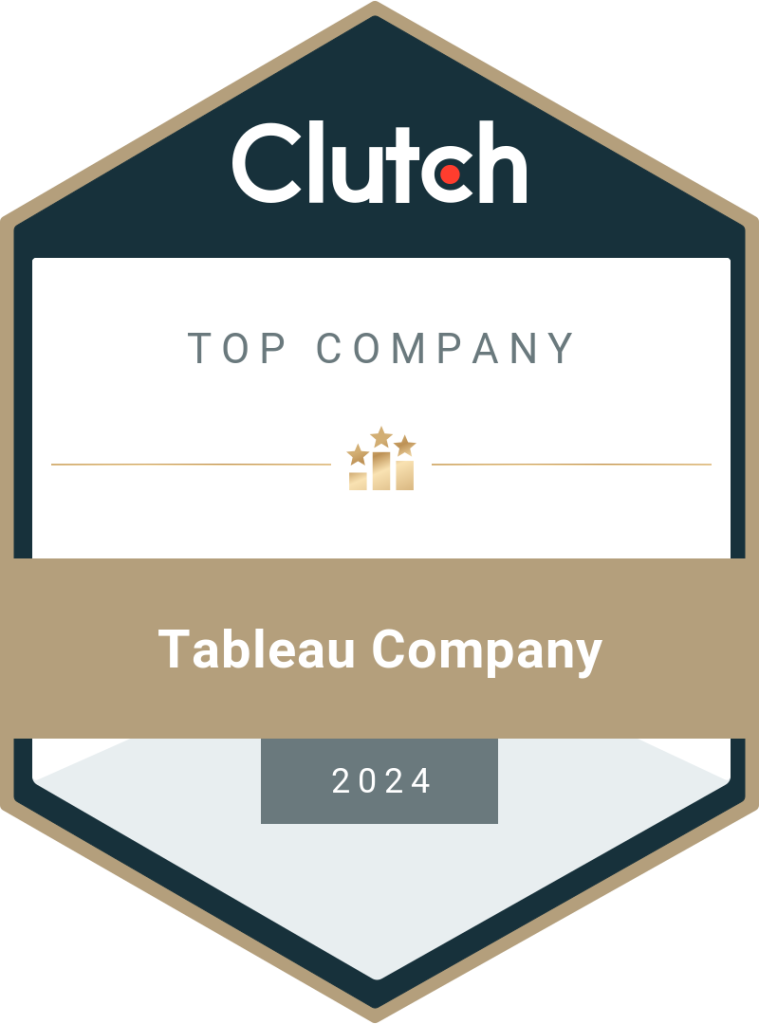How to Hire the Right LLM Consultant? CEO’s Guide to Exploring LLM Integration
Large language models are part of generative AI applications and can be customized for diverse business needs. Here, we will discuss tips for hiring the right LLM consultant for a business and the factors every CEO must know about generative AI. Businesses today should adopt the latest technology to survive market competition. This includes generative AI and large language models (LLMs), which can transform businesses in many ways. According to a survey report by McKinsey, around 65% of companies that responded are using generative AI in their businesses. The figure has doubled in less than a year, indicating the growing popularity of GenAI and LLMs in the market. Additionally, the report shows that large language models are being used for more business functions than in the previous survey. 50% of responders use generative AI for two or more functions. Most organizations rely on third-party or offshore service providers and GenAI consulting services to bridge the talent and technological gap in their business. Your success depends on hiring the right LLM consultant to work with your establishment. The right service provider understands your requirements and aligns your business mission, vision, goals, and objectives with the LLM strategic implementation plan. Here, let’s discuss how to hire LLM consultant for your business and learn more about generative AI. We’ll answer questions like what is LLM’s full form in AI, what LLM is in generative AI, and so on. Read on! What Does LLM Stand for in ChatGPT? LLM stands for Large Language Model. It is a deep learning model that can read and train on large datasets and perform language processing tasks. The models are trained to create outputs that combine different types of text and can mimic human language. LLMs are a subset of artificial intelligence like machine learning, deep learning, and natural language processing. These can be used for quicker and more effective AI Product Development in different industries. What is LLM in Generative AI? Generative AI applications like ChatGPT are built on LLMs and foundation models (complex machine learning models) to understand the input data and provide a relevant output in the user’s preferred format. Large language models handle the text-generation part of generative AI. That means all LLMs belong to the generative AI models but gen AI doesn’t have to use LLMs. For example, ChatGPT gives textual output while platforms like Microsoft Bing use text to generate images as output. LLMs are used in ChatGPT while other foundation models are used in Bing to convert text input to image output. So, which LLM to choose? Businesses that want to adopt GenAI and large language models often face the tough question. Which LLM is right for their operations? With so many models already available in the market, it can be confusing to pick the right one. There is no definite answer to this question. When you hire LLM consultants, they will analyze your business needs and identify the best model to help you achieve your goals. Service providers consider factors like the size of the model, availability, architecture type, training process, and benchmarked performance. LLMs are broadly classified into three categories – encoder-only, decoder-only, and encoder-decoder. BART is an encoder-decoder model, while GPT is decoder-only and BERT is encoder-only. The right LLM consultant will choose the perfect large language model for your business and set up the necessary integrations. They will customize the model and train it on your proprietary data to increase its efficiency and accuracy. How to Choose an LLM Consultant for Your Company Since large language model development and integration is a part of AI services, you need to hire a reputed AI/ ML company for the project. However, not every artificial intelligence company works with LLMs. Partner with LLM consulting companies or generative AI companies based on the factors below. Business Goals and Objectives While most tips for hiring an LLM consulting provider focus on the capabilities of the service provider, it is equally important to consider your requirements and goals. Do you already use AI applications? Did you begin your digital transformation journey? What do you aim to achieve in the next five or ten years? If you are yet to adopt new technologies, you will need an end-to-end AI and LLM consulting company to guide you through the entire process. Existing Talent in Your Business The second aspect to consider is the talent on your payroll. Do you have AI engineers and developers in-house? Can your existing employees be trained to use the LLMs? The lack of required talent in your establishment implies the need to make alternative arrangements. You will find it easier to outsource the project to expert AI product development companies and LLM consultants. You also have to create training modules to bridge the gap within your enterprise or opt for staff augmentation to bring fresh talent capable of using new technologies. Technical Expertise of the Consultants Large language model consulting companies should have the necessary technical and domain expertise to work with complex deep learning and foundation models required to build generative AI applications. They also need to have expertise in data engineering and management. The LLMs can be efficient and accurate only when they are trained on high-quality data. The consultants should clean and process the datasets before training the models on them. Additionally, they should integrate the LLM with your existing systems to share the outputs through personalized dashboards. Strategic Approach Artificial intelligence and large language models don’t offer standard solutions. There’s no one-size-fits-all theory in LLM integration best practices. The approach is tailored for each business based on your budget, priorities, existing systems, long-term plan, and other factors. The right LLM consultant will know how and what to include in your LLM journey. Use Cases or Success Stories Use cases and project portfolios tell the success stories of the LLM consultant. When hiring GenAI consulting services, make sure to ask for more information about relevant projects the experts worked on. Many companies include these details on their
Read More